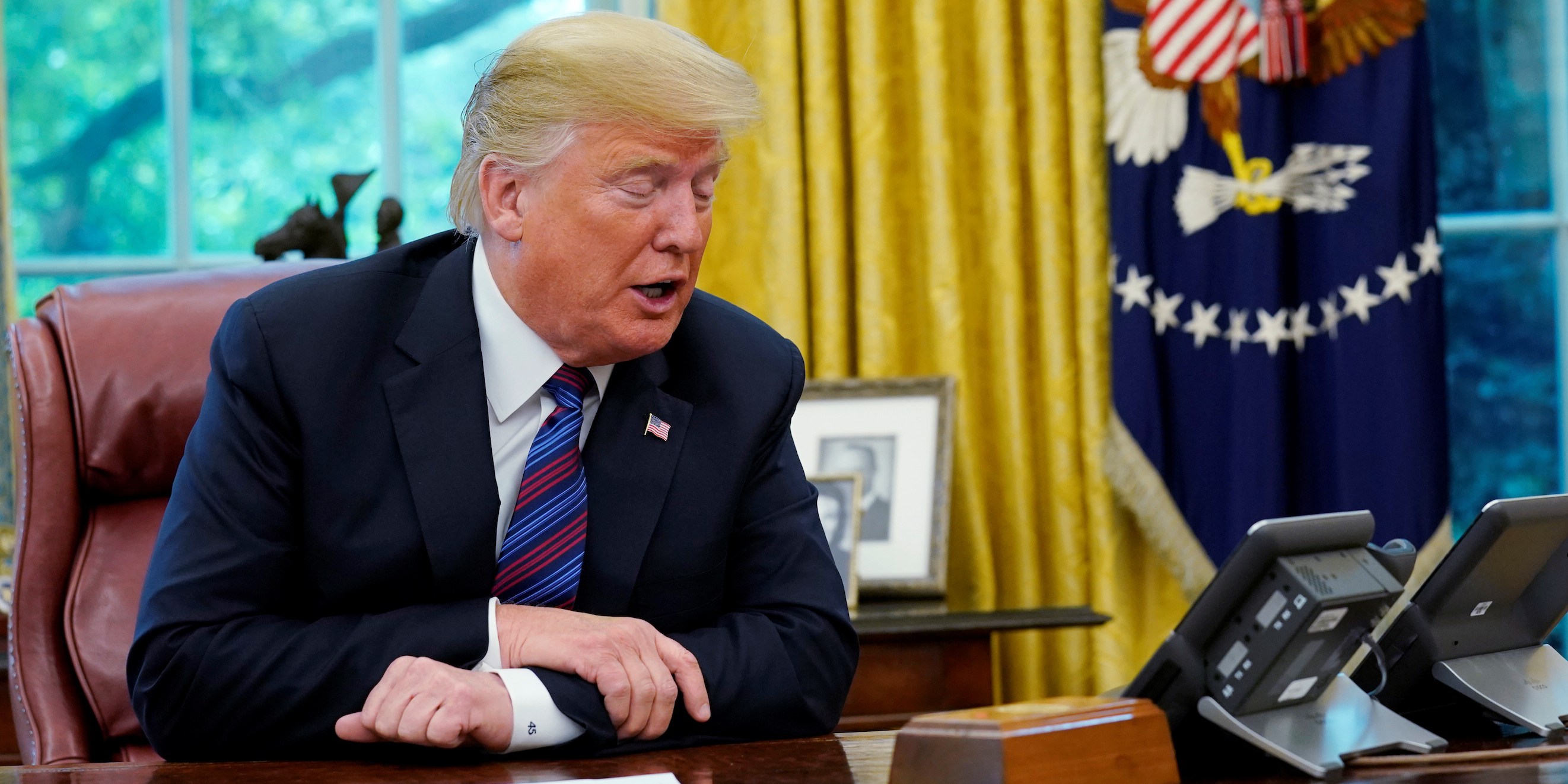- President Trump’s approach to renegotiating NAFTA is plagued by political and policy errors.
- His push for a Mexico-only deal is politically and legally unworkable – he must seek a three-country deal.
- But his unwise push to weaken investor protections will be blocked by interests in Canada and the US.
- He must change his approach and find ways to strengthen the agreement in all three parties’ interest.
The United States and Mexico came to terms on a new “agreement” last month that would, in theory, replace the North American Free Trade Agreement (NAFTA). Or, at least, part of it. But to make the agreement politically palatable, changes must be made.
Any reboot of NAFTA must include Canada, a longstanding ally and an integral commercial partner of the United States. In fact, Canada is largest foreign buyer of American exports.
Though Canada came to the negotiating table after the United States and Mexico reached an agreement in principle, a deal with our neighbors to the north is not guaranteed – certainly not under the phony timeline set out by the Trump administration which requires an agreement by the end of September.
It is a political and legal imperative to keep Canada in NAFTA
Senate Finance Committee Chairman Orrin Hatch said as much after the Mexico agreement was announced, while House Ways and Means Chairman Kevin Brady of Texas urged Canada to rejoin the negotiations.
Meanwhile, AFL-CIO President Richard Trumka said the updated trade pact should include Canada, as did the U.S. Chamber of Commerce, Business Roundtable and National Association of Manufacturers. In other words, every major constituency has made clear a straight bilateral agreement with Mexico is doomed.
If the president really wants to negotiate an agreement with just Mexico, he must first notify Congress of his intent to negotiate with only Mexico.
Under Trade Promotion Authority (TPA), which establishes binding priorities and procedures for the negotiation and expedited congressional consideration of trade agreements, the president must notify Congress of his intent to begin negotiations. In May 2017, U.S. Trade Representative Robert Lighthizer notified Congress of the administration's intent to begin negotiations with Mexico and Canada, not just Mexico. This isn't an optional step under the law.
Dispute resolution mechanisms are key to NAFTA and must be maintained
Moreover, to earn the requisite political support, any updated agreement must maintain Investor-State Dispute Settlement (ISDS) protections for all industries, not just a few.
ISDS provides a neutral arbitration forum for private investors to settle disputes with countries involved in the trade pact. It is a controversial provision, to be sure. Free traders of good faith come down on both sides of the issue. But keeping ISDS in the agreement is a political necessity. It enjoys wide bipartisan support on Capitol Hill, despite the administration's preference to throw out ISDS altogether.
After begrudgingly backing off this demand, the United States agreed to a compromise proposal with Mexico: we would retain ISDS protections for oil and gas, as well as telecommunications, but no other industries. This, too, should be a non-starter. Selectively maintaining ISDS protections to certain industries but not others is really bad public policy and dubious politics.
Trump's effort to weaken ISDS draws strong objection from Canada and is a major barrier to reaching a new, three-country deal.
Democrats will not bail Trump out as he tries to weaken NAFTA
Under the timeline mandated by TPA, Congress will consider the updated trade pact next year. FiveThirtyEight, a popular blog that predicts political outcomes based on polling data, currently gives Democrats an 80 percent chance of winning control of the U.S. House in the midterm elections this fall. If the House flips, President Donald Trump would have to rely on a hypothetical Speaker Nancy Pelosi to deliver the votes necessary to get NAFTA 2.0 through Congress.
When asked about their calculus, the White House and the US Trade Representative insist the president's trade agenda will establish a new political paradigm in Congress. Instead of relying on mostly Republicans and a small critical mass of Democrats to deliver wins on trade legislation, the president's supporters suggest he'll be able to draw on majorities in both parties to carry it to his desk.
This is dubious. What incentive would Democrats have to deliver a signature win to Trump as the parties gear up for the 2020 presidential campaign? Besides, many Democrats from the east and west coasts favor free trade.
Time to go back to the drawing board
The administration's approach to NAFTA 2.0 misses the mark on both policy and politics.
There are enormous problems with the new framework agreement between the United States and Mexico beyond those listed here. These include changes to the automotive industry that would significantly raise the costs for consumers at the dealership (stricter rules-of-origin and a $16 per-hour minimum wage for automotive workers), changes to intellectual property, and a still-troublesome sunset provision.
If the administration sincerely wants to deliver an update to NAFTA, it must rethink the politics and policy of its current approach. It should revisit the original goal of trying to modernize and strengthen NAFTA in the interests of all three of its members, rather than seeking a way to jam through a weakened agreement.
Clark Packard is trade policy counsel at the R Street Institute, a free market think tank in Washington, DC.

